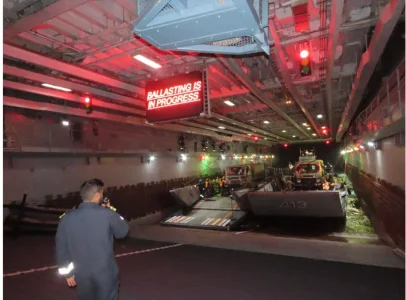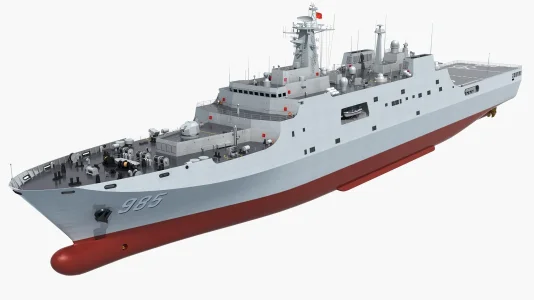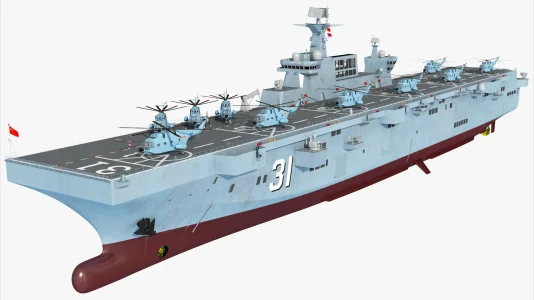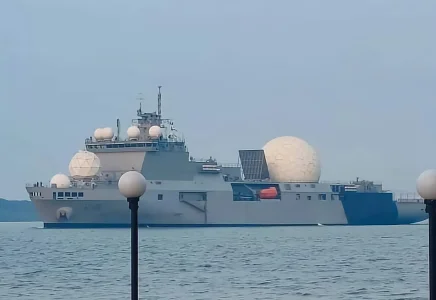- Joined
- Jul 2, 2024
- Messages
- 1,414
- Likes
- 9,109

1. Top 5 Navies with ship launched ballistic missiles - it's just China, that it. Not even Murica is there
2. Top 5 Navies with supersonic AShM - Russia, China, India and you're done with your top five list
3. Top 5 Navies with ABM capabilities - every Mk-41 equipped ship and Russian/Chinese ships. We're not even in top 250.
4. Top 5 Navies with long range SAMs - pretty much same as above
5. Top 5 Navies with long range land attack cruise missile - again, same
6. Top 5 Navies with ability to sustain multiple LSCO campaign at the same time - Just USA, no one's near it
7. Top 5 Navies with the ability to conduct Commonwealth Games on the empty spaces of its vessels - just one country
This is the level of variance you'll get in a top 5 raking by just changing the parameter on which it's being done. Instead of these stupid rankings the focus should be on identifying the threats posed by your adversary and developing counters and preferably overmatch against those. That's it.
For us it's just three at this moment
• We need ABM capabilities to protect our ships from PLAN ASh ballistic missile barrage
• We need ASh ballistic missiles to target them without entering in their kill zone
• Increasing the overall magazine depth, preferably with cost effective missile to better sustain a LSCO
Bas itta hi, uske baad itminaan se dekha jaayega top 10 aur top 5







 warships, German submarines with angular hulls, deshi SSNs and the sister ship for INS Vikrant...
warships, German submarines with angular hulls, deshi SSNs and the sister ship for INS Vikrant...
